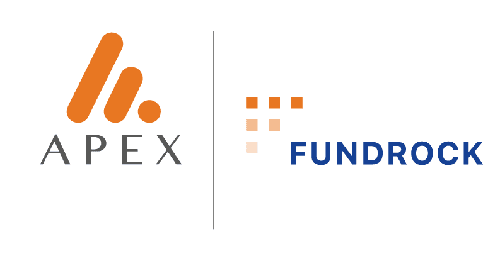Multi-manager platforms, the myths and realities
05 February 2016
Speedy market access - Reality
Platforms enable asset mangers to plug-and-play instantly into road-tested infrastructure. There are no big start-up costs, just a manageable, regular fee.They’re a cheap option - Myth
There might be some marginal savings to be had, primarily in set up costs, but platforms are mostly about providing value for money access to a robust, tested control environment and established distribution channels. They enable asset mangers to focus on growing their core business. Once a fund has exceeded $250m thoughts might then start turning to establishing their own fund structure in-house or through a third-party management company.They cut risk - Reality
Small fund managers feel the burden of increasingly stringent substance and control requirements. Rather than doing this themselves they can off-load complex, specialised tasks like governance, risk, compliance and distribution to experienced teams of dedicated professionals by using a platform.There is an option for everyone - Myth
Some boutique funds have highly specialised strategies, tightly targeted distribution channels serving existing relationships, and niche branding which may not fit perfectly with the generic nature of the platform. As mentioned, managers might prefer to establish their own Manco/AIFM once they reach a certain size. Alternatively, they could leverage the services of a third party provider to continue to benefit from established infrastructure with lower barriers to entry.They help boost sales - Reality
Post crisis, investors value strong governance and control and well-established infrastructure to support agile asset managers. Once a niche client need is identified, a reliable fund can be up and running within weeks. Here are some examples of value propositions offered by platforms:- Fundrock in conjunction with Standard Chartered offers a platform as an incubator to give Asian managers room to grow until they have the scale to provide their own infrastructure. As with other platforms listed below, this provides complete infrastructure including a full licence to operate, a distribution network, an established operating model with all third party providers in place, plus a robust compliance, risk, control environment.
- Goldman Sachs International’s platform provides hedge fund managers with a full service model; from the provision of robust infrastructure and structural expertise, through to a bespoke distribution model providing access to their client franchise.
- Momentum Global Investment Management gives their investors access to specialist investment management expertise. This is delivered through outcome-based, risk-profiled, multi-manager solutions across a variety of jurisdictions and fund structures.
- Lyxor Asset Management’s hedge fund managed account platforms give access to over 60 managers. In a segregated fund supervised by Lyxor, a mandate is given to a fund manager to replicate its hedge fund (subject to specific investment and risk guidelines and with full visibility) into trades and positions granted to Lyxor. Using this information, each managed account is valued independently, and with multiple verifications, on a weekly basis by both the fund administrator and Lyxor
- Other examples include options for, say, a pension plan or an asset owner who uses the platform for asset pooling, and then assigning sub managers to manage specialist strategies.



